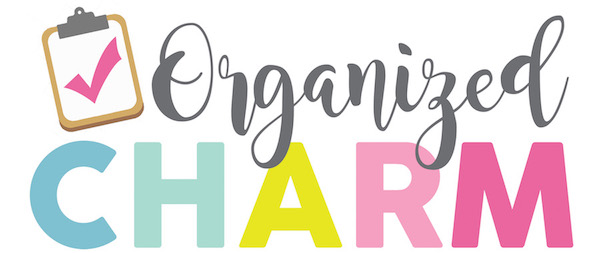Over the summer, I took this class that had almost nothing to do with my major. Not only that, everyone in my program went on and on about how difficult the class was. There were tears… lots of tears.
When the time came for me to take the class, I knew I would have to spend a lot of time learning the material on my own. I had to develop some sort of plan. And finally, it dawned on me that if we use Bloom’s Taxonomy to teach kids… we could probably use it to teach ourselves.
So I started to try it. And it worked. Perfectly.
(Because I made an A! YAY!)
Here’s the study plan I used:
Study Plan for
Summer 2013
1. Read Chapter
2. Read Key Concepts
3. PPT & Activity
4. Graphic Organizer
5. Study guide
6. Quiz
1. Understand {Knowledge}
describe, find, list, name, relate, tell, write
The first step is just to get the facts. Read the chapter, watch the video, listen to the lecture... whatever. Pull out what’s most important and focus on little bits at a time.
2. Remember {Comprehension}
compare, describe, explain, outline, predict, restate, translate
The second part is to actually remember it! Have you ever finished reading something and realized that you couldn't explain a single thing you read? Go back the next day and review the chapter summary and your notes.
3. Apply {Application}
classify, compare, examine, illustrate, show, solve, use
Just take what you read and compare it to something you already know about, apply it to real life, or think of some examples. Examples really help our brains see WHY this matters and when it’s applicable to real life situations.
4. Analyze {Analysis}
categorize, compare, contrast, examine, explain, identify, investigate
I simply filled in graphic organizers (and yes, I used Kindergarten ones… and markers) and broke the information down into smaller parts. The more you know about the smaller parts of a topic, the better you will understand the topic as a whole.
{Seriously, try printing out some of these graphic organizers and see if it doesn’t make your studying process easier (and cuter)!}
5. Create {Synthesis}
create, compose, construct, design, imagine, invent, plan
For this class, there was a huge research project that was due at the end of the semester. But the truth is that we can synthesize/create things all the time out of our information. We learn best by doing, so try make something out of the information, even if it’s just a hypothetical situation.
6. Evaluate {Evaluation}
assess, choose, decide, justify, prioritize, rate, recommend
When we know something completely, we can evaluate it, explain it, think about different outcomes, and point out mistakes. We actually learn more when we see what’s wrong with something and think about how to improve it.
Thanks to knowing these 6 steps, I made it through this class with minimal tears :)
(and maybe one eensy weensy panic attack)
Any other suggestions on ways to teach ourselves? Or more activities to make the information stick?



I would like to thank Ultimate Life Clinic for reversing my father's Amyotrophic Lateral Sclerosis (ALS). My father’s ALS condition was fast deteriorating before he started on the ALS Herbal medicine treatment from Ultimate Life Clinic. He was on the treatment for just 6 months and we never thought my father will recover so soon. He has gained some weight in the past months and he is able to walk with no support. You can reach them through there website www.ultimatelifeclinic.com
ReplyDeleteI would like to thank Ultimate Life Clinic for reversing my father's Amyotrophic Lateral Sclerosis (ALS). My father’s ALS condition was fast deteriorating before he started on the ALS Herbal medicine treatment from Ultimate Life Clinic. He was on the treatment for just 6 months and we never thought my father will recover so soon. He has gained some weight in the past months and he is able to walk with no support. You can reach them through there website www.ultimatelifeclinic.com
ReplyDeleteGraphic organizers integrate both text and visuals. This has been scientifically proven to be an effective way of teaching and learning. Using them can be extremely useful for both teachers and students as they will make lessons more engaging as well as easily comprehensible.
ReplyDelete